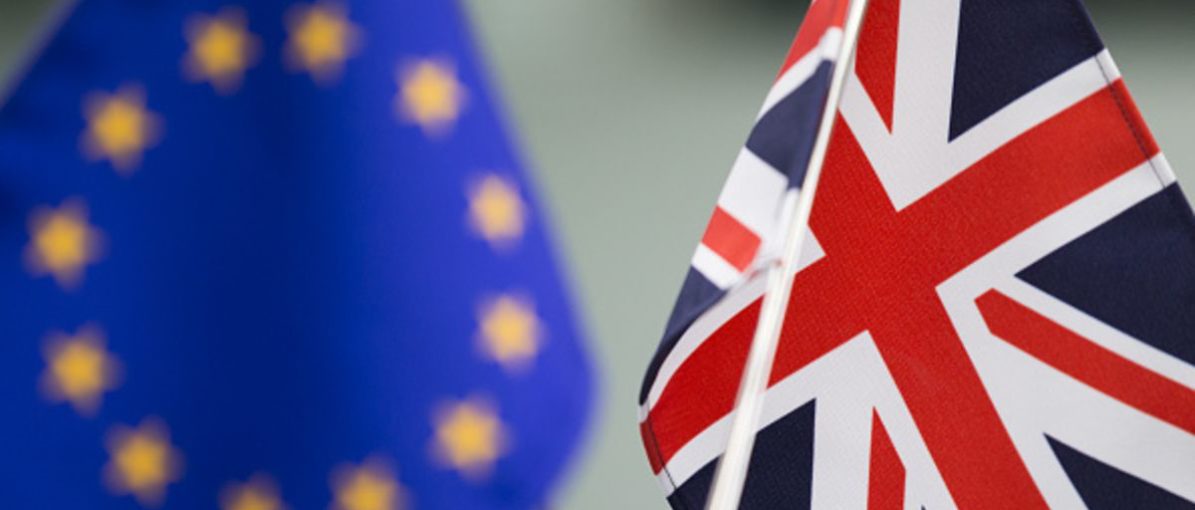Pound sterling depreciation in the aftermath of the Brexit referendum in June 2016 has had significant impacts on UK-EU trade flows.
- The pound sterling has depreciated substantially against the euro since June 2016, reducing purchasing power in the UK but boosting competitiveness of UK exports.
- This has already had a significant impact on trade flows between the UK and the rest of the EU: most recent figures show 6.8% growth in UK exports to the rest of the EU but only 0.9% growth the other way around.
- The exchange rate is expected to stabilize in 2018 and 2019, reducing the boost for UK exports but also easing the strain on EU exporters to the UK. Should negotiations further stall or even break down, renewed downward pressure would be placed on the pound, continuing and possibly worsening these trade effects.
With 29 March 2019, the date the United Kingdom officially leaves the EU, quickly approaching, negotiations surrounding the future EU-UK relationship have stalled. While the future trade relationship is not yet clear, there are already significant developments resulting from the Brexit vote that can be observed in trade flows between the UK and the rest of the EU.
This update revisits the UK-EU trade relationship to identify trade-related vulnerabilities in Europe. Negative impacts on European exports to the UK are already visible, as the weaker pound sterling and slow GDP growth weigh on demand. On the flipside, the boost to competitiveness the weaker pound brings has pushed UK export growth to the EU to its highest level since early 2012, further supported by robust demand in European markets. Going forward, we do not expect this trend to continue so strongly as exchange rate effects fade. However, lack of progress in the negotiations could renew downward pressure on the pound, continuing to reduce export opportunities to the UK and boost UK exports.
Full article: Brexit effect already being felt in UK-EU trade











